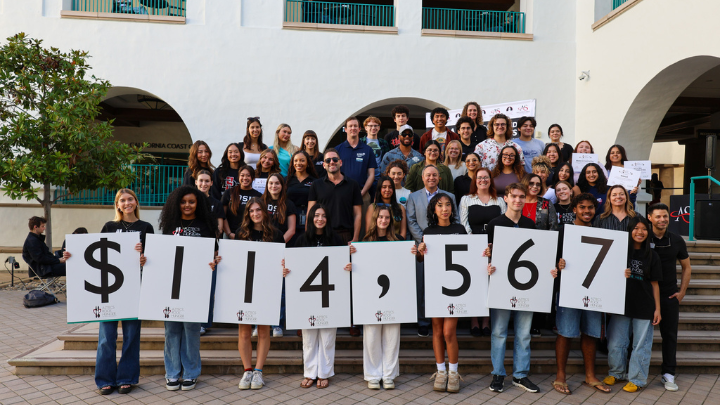Applications Due Soon: Leaders from Diverse Communities Sought to Shape Green Economy
Those interested in serving as a Sector Lead on the Southern Border Coalition must apply by Jan. 12, 2024.

The California Jobs First’s Southern Border Coalition is seeking members of the community to serve as leaders in shaping a resilient carbon-neutral economy in San Diego and Imperial counties. They will play a key role in creating an inclusive economic development plan focused on green jobs in disinvested communities.
The coalition is one of California Jobs First’s 13 High Road Transition Collaboratives (HRTCs) across the state tasked with putting disinvested communities at the center of the economic decision-making process.
Between Jan. 22-25, representatives from 15 sectors in each county will be elected by coalition members to serve as sector leads. The sectors include disinvested communities, California Native American tribes, youth, LGBTQIA+, and farmworkers; as well as education and training providers, labor, philanthropic, and community-based organizations; environmental justice groups, government and economic development agencies, workforce entities, worker centers and businesses. Some 52 people will be elected to serve as sector leads.
Principal investigator for the Southern Border Coalition, Assistant Vice President of Economic Development John McMillan, said the coalition will provide training in the nuts and bolts of economic development planning through workshops and other training opportunities, so sector leads do not have to be experts in this area before joining. However, they should demonstrate a commitment to serving disinvested communities and have experience serving members of that sector.
Related: Disinvested Communities Unite to Create Economic Development Plan for a Green Economy
“We think there are a lot of good ideas that are potentially untapped in the region,” said McMillan. “What we're looking for more than anything is somebody that's committed to making an impact for their community.”
For example, education and training providers should have experience working with students who may face systemic barriers to educational attainment. Youth sector leaders should be between the ages of 15 and 24, come from disinvested communities and be actively involved in youth activities, said McMillan. He added that students from SDSU and across the region are encouraged to apply.
Once elected, sector leads will work together to analyze the labor market and identify industries that contribute to economic viability in the region, keeping in mind climate goals, and then choose five of those industries as core priorities for California Jobs First to invest in over the next two years.
They will vote on which projects within those industries will receive a portion of a $9 million pool of funding for capacity building and pre-development support, which could include feasibility studies and community outreach, for example, making them more competitive for funding to implement the actual projects. McMillan said sector leads will ensure that economic development projects align with the community’s vision of economic growth and workforce development.
Then, sector leads will sign off on all project proposals before they are submitted to the state in a competitive process for a portion of a $268 million pool of CJF implementation funding.
During the two-year process, sector leads will connect with stakeholders from their respective sectors to share information about the Southern Border Coalition and encourage community participation, and survey sector members on their priorities.
“This is an opportunity to collaborate with other people and organizations that have the same interests in mind that you do, advise on inclusive policies and practices, and focus on disparities that are happening in your community,” said McMillan. “You get to help decide on both regional planning processes and projects that will benefit your community and shape that future, which is not something that community members get to do in a very direct way very often,” said McMillan.
McMillan expects the time commitment for sector leads to be about eight to 12 hours per month, from Jan. 30, 2024 through Sept. 30, 2026, with several of those hours spent attending sector meetings and other community events. Each sector lead will receive a monthly stipend of $1,000.
Interested parties may apply using the Sector Lead Nomination & Application form, which describes the 15 sectors as well as sector lead responsibilities. Prospective sector leads must apply or be nominated by 5 p.m. Jan. 12 to be eligible for the election, which will take place Jan. 22-25. Candidate applications will be available for public comment Jan. 15-19 to allow coalition members and the public to provide comments regarding candidate qualifications prior to sector lead elections.
The first convening of sector leads — which will include those from both counties — will take place virtually on Jan. 30.
Community members who do not wish to be sector leads, but want to contribute to inclusive and sustainable economic development within one of the 15 sectors represented by the Southern Border Coalition can become involved by completing a Coalition Member Commitment form. They will be eligible to vote for sector leads in January.



